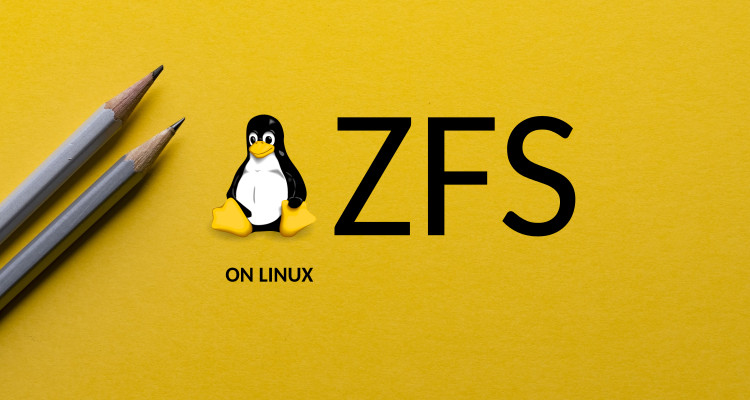Create a ZFS mirror pool
Posted on March 8, 2017 • 3 minutes • 634 words • Suggest Changes
I recently revived a “old” compute cluster. While its hardware was formidable back in the day, now it has been replaced with a younger version, which has more compute nodes. I wanted to create a data partition of two disks, normally I have a raid controller but on this server, there is none. An open invitation for a software RAID it is, so I could go with mdadm as software raid, but I did not want to read up on all those commands (again). When in fact ZFS is already in my head.
Creating a mirror or RAID 1 can be done using : _zpool create $poolname mirror $first_disk $second_disk
_ This would make a mirror and mount it on /data, now that is the theory, in practice you most likely will be shown this error :
invalid vdev specification use '-f' to override the following errors: /dev/sdb does not contain an EFI label but it may contain partition information in the MBR. /dev/sdc does not contain an EFI label but it may contain partition information in the MBR.
So be sure to add -f , it is however a good idea to double check if those are the disks you want to use. Note that the content on both disks will be destroyed during this process.
zpool create -f data mirror /dev/sdb /dev/sdc
After that you can see
[root@lserver-01 ~]# zfs list
NAME USED AVAIL REFER MOUNTPOINT
data 216K 3.51T 96K /data
[root@server-01 ~]# zpool status
pool: data
state: ONLINE
scan: none requested
config:
NAME STATE READ WRITE CKSUM
data ONLINE 0 0 0
mirror-0 ONLINE 0 0 0
sdb ONLINE 0 0 0
sdc ONLINE 0 0 0
errors: No known data errors
One of the tuning options for pools is _ashift, _which can be 9 (for 512 sector drives) or 12 (for 4k sector). However, this can only be set at creation. This can be done using the option -o ashift=value so why did I not tell you ? Cause ZOL (ZFS on Linux) since a while, will try and find the correct value. From my finding (on the internet) almost all disks these days are 4k sector drives or advanced format drives. This you can check using hdparm -i /dev/sdb (you might need to install this)
[root@server ~]# hdparm -I /dev/sdb
Model Number: WDC WD4Y0
Firmware Revision: 80.00A80
Transport: Serial, SATA 1.0a, SATA II Extensions, SATA Rev 2.5, SATA Rev 2.6, SATA Rev 3.0
Standards:
Supported: 9 8 7 6 5
Likely used: 9
Configuration:
Logical max current
cylinders 16383 16383
heads 16 16
sectors/track 63 63
--
CHS current addressable sectors: 16514064
LBA user addressable sectors: 268435455
LBA48 user addressable sectors: 7814037168
Logical Sector size: 512 bytes
Physical Sector size: 4096 bytes
Logical Sector-0 offset: 0 bytes
device size with M = 1024*1024: 3815447 MBytes
device size with M = 1000*1000: 4000787 MBytes (4000 GB)
As you see the Logical sector size, is 512 bytes, this is for backwards compatibility, but the physical sector size is 4k. So in this situation a ashift=12 would be ideal. You can verify what your ashift is, by using the zdb tool :
[root@lungo-01 ~]# zdb | grep ashift
ashift: 12
From what I read in the repo, it seems that 512 bytes in some cases can give you more storage if you have allot of very tiny files, compared to 4k, but that 4k is in almost all cases allot more performant. In general terms unless you really have a corner case, default ZFS will most likely guess the best option.
After creating this pool, I would recommend you read up on basic tuning, in short :
zfs set xattr=sa data zfs set acltype=posixacl data zfs set compression=lz4 data zfs set atime=off data zfs set relatime=off data
And that’s it folks !

 Buy me a Dr Pepper
Buy me a Dr Pepper